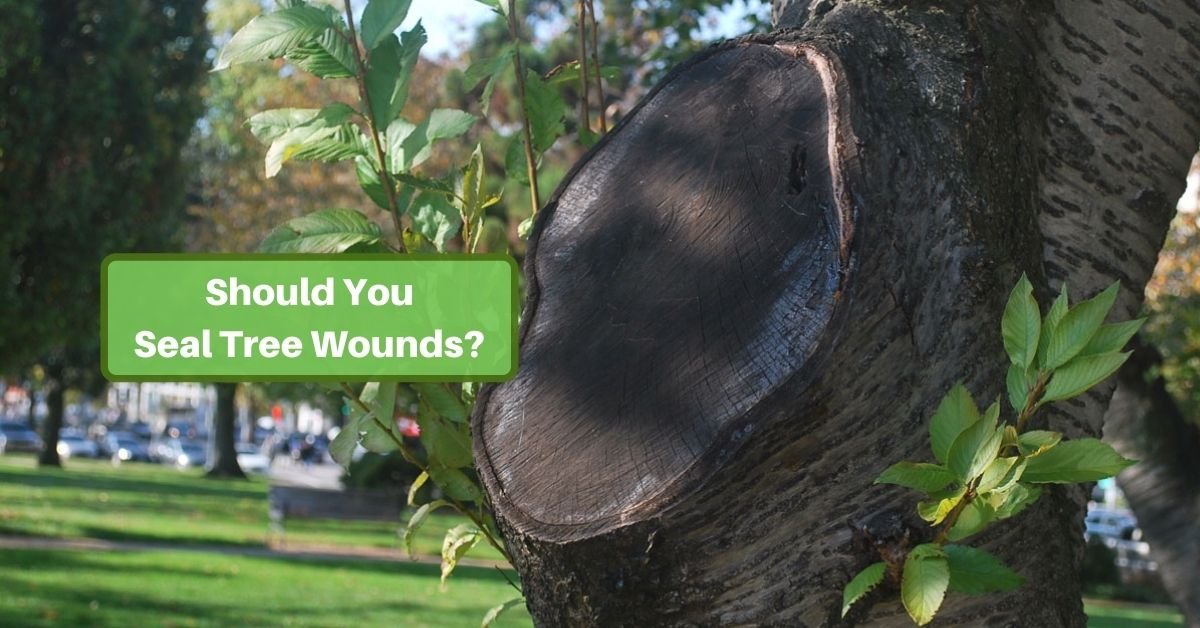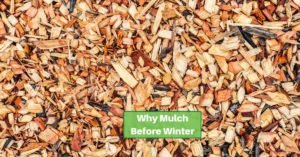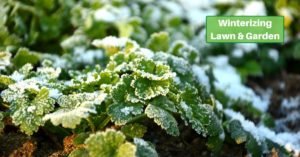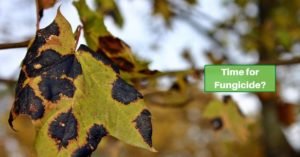Have you ever seen black paint covering the spot where someone cut a limb off a tree? Many of us grew up believing that it was a good idea to seal any “wounds” to a tree to keep them healthy. It turns out, though, that those good intentions caused more harm than good.
In this article, we’ll talk about pruning sealer and why professionals no longer recommend it. We’ll consider what to do when you have to remove branches and limbs, including when to do it and what precautions you should take.
What Is Pruning Sealer?
Pruning sealer, also known as tree sealer and pruning paint, refers to various products used to protect a tree when it got pruned or was “wounded.” Many pruning sealers are petroleum-based. Some include asphalt.
At one time, arborists recommended this, thinking it would protect the tree from rot and insects. Commercial tree services, public utilities, and homeowners almost universally followed this practice.
And then, they reversed the recommendation.
Why Isn’t Pruning Sealer Used Anymore?
After years of this practice, tree sealer usually does more harm than good. It prevents the tree from healing itself and can trap moisture inside, leading to rot.
It can even raise the possibility of disease. Over time, it can wear off, allowing rot to occur. But that part of the tree is blocked from healing itself by the sealer around it. Natural tree sealers with collagen or aloe are the worst, but not the only, culprits for this.
There’s An Exception To Every Rule
Nearly every rule has an exception. And oak trees are the exception here.
Oaks are susceptible to oak wilt, a disease carried by insects. If an oak sustains a large wound during the summer, you could tree sealer on it. An insecticide or fungicide for trees is better, but tree sealer will work.
If the wound occurs during cooler parts of the year, not even an oak needs sealer. Since insects are less active then, there is also less risk of infection.
Removing Pruning Sealer
Do you have a tree that already has pruning sealer applied? It’s best to remove the sealer! But it can’t just be scrubbed or scraped off.
Instead, you would need to cut the section off if there’s still enough room for the limb to cut. Be sure to leave a crown; this is a vital piece for the tree’s healing.
If you can’t cut off the section covered with sealer, you may have to cross your finger and hope the tree will be ok.
Best Pruning Practices For Tree Health
Since you shouldn’t use tree sealer, what should you do to protect your trees and bushes when you need to prune them?
Sterilizing your pruning saw or loppers is the first step. Your tools can carry disease from one plant to another, so it’s important to wipe them down with isopropyl alcohol before using them – and between every tree or section of a tree.
Also, be sure to dispose of any branches that may be infected. Don’t leave them where they can spread the disease!
As far as possible, don’t prune or cut trees in the hotter parts of the year. Late fall or winter is best. Fewer insects during these times will mean less risk of damage to the tree.
For more information, consult our article on tree pruning.
Conclusion
It’s best not to use tree sealer – let the trees heal themselves! It appeared to offer benefits, but ultimately did more harm than good. Instead, take care to clean your tools so you don’t spread disease. It’s always best to prune during the cool seasons, too! These practices are far more healthy for your tree, so avoid sealer and concentrate on these recommendations.









